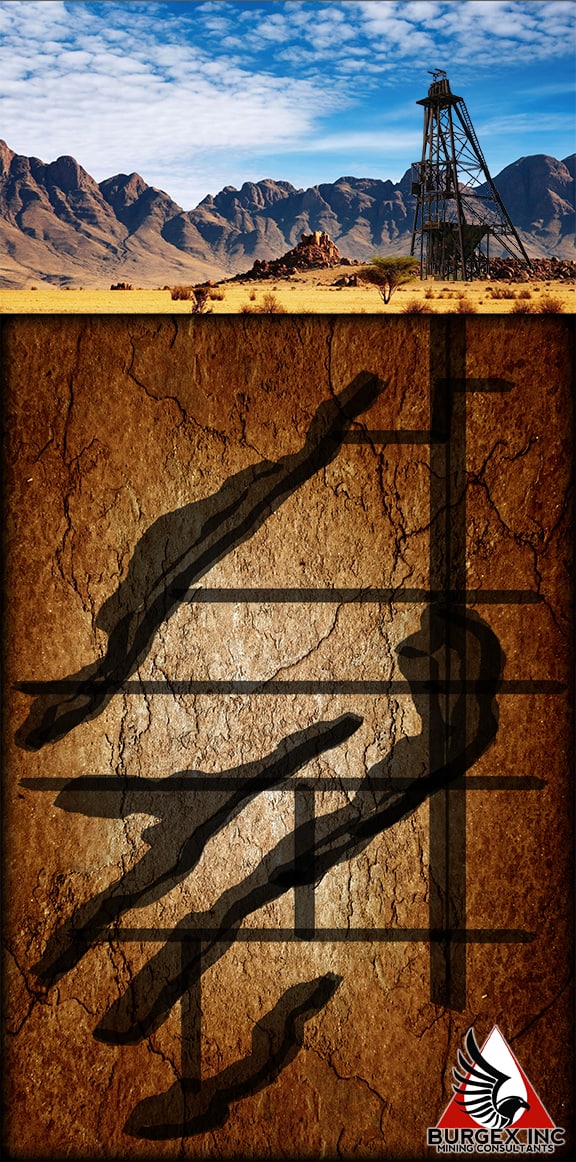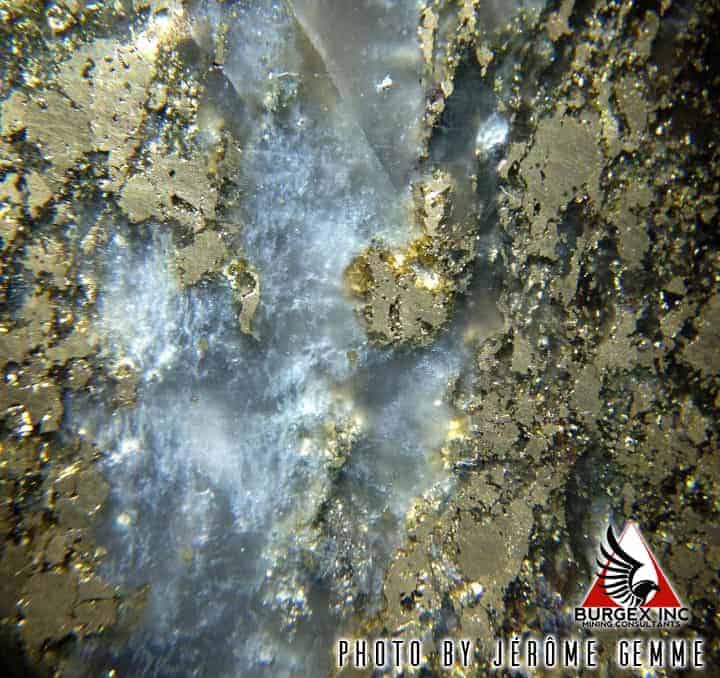Dangerous Data: The Value of Abandoned Mines
Abandoned mines are often demonized, sometimes rightly so, for their numerous dangers. From false floors and falling rock to rattlesnakes and unused blasting caps underfoot, there are a lot of reasons to stay out of them unless you have experience and proper equipment at your side.
So with all of these dangers, why would you choose to send a team into an abandoned mine? Abandoned mines contain a wealth of historic and geologic data that can be obtained at a much lower cost than core drilling or other exploration methods. Surveying and mapping the abandoned workings of a mineral project are logical early steps to take in an exploration program before developing a full plan. Let’s take a closer look at some of the key advantages of surveying, sampling, and mapping abandoned mines.
Direct access to veins and ore bodies

This is certainly the biggest benefit of surveying abandoned mines. Having direct access to veins and ore bodies allows you to determine several very important factors at a glance, such as ore body orientation and size. Being able to get a localized understanding of the strike, dip, and width of an ore body will enable you to get a good idea of the potential economics of the project without spending large amounts of money on a drilling program. In addition to gathering orientation information, having direct access to veins will allow you to gather samples and have them analyzed at the lab. With an XRF gun in hand, you can analyze the ore bodies and veins directly on site. Talk about efficiency and quick results!
In areas where empty stopes are left and the ore has been removed it is still possible to get a clear picture of the size and orientation of the ore body that has been removed. In our experience, it is also very common to find pillars and other bits of ore that have been left on the hanging wall or sides of the ore body. Knowing where ore has been found and mined is valuable, but there is also value in knowing where explorational drifting and tunneling has occurred that did not have an intercept, or had a lower grade intercept.

Increase geologic understanding
In addition to having access to veins and ore bodies, abandoned mines also provide access to other local geologic units. Having direct access to study and observe these units underground will greatly help you and your geologists understand the relationships between them. While underground it is easy to identify faults, planes, fissures, and other features that can sometimes be difficult to identify on the surface.
Fill in the blanks
Stepping into a mine that has been closed for decades or even centuries will allow you to gain the valuable 20/20 hindsight that the original operators did not have the luxury of having. Not only will you be able to observe the decisions that they made in regards to drifting, tunneling, stoping, and other engineering, but you will be able to contrast those decisions with modern knowledge and exploration techniques. Some of these early engineers were using very rudimentary methods, but their intuition was often razor sharp! As a modern explorationist or prosepctor you will often find yourself walking a fine line between traditional and cutting edge exploration techniques. You will find that applying both of these tool-kits in an abandoned mine may present you with new opportunities, such as identifying overlooked ore bodies and veins. What was once found to be uneconomical may be economical today when mined using modern methods.
You may also find that studying the decisions and operating methods of these past engineers and geologists will provide you with new insight into your modern project that will help you fill in the blanks of your exploration model.
In addition to what we have covered here there are many other reasons to have the abandoned mines on your project surveyed, documented, and sampled. If you do not have a team that is experienced, properly equipped, and available to sample and document your workings consider hiring a consultant. Burgex Inc. has years of experience and has successfully accessed, documented, and sampled over 5,000 mines throughout the Western United States and the world. Contact us today for a free estimate!

